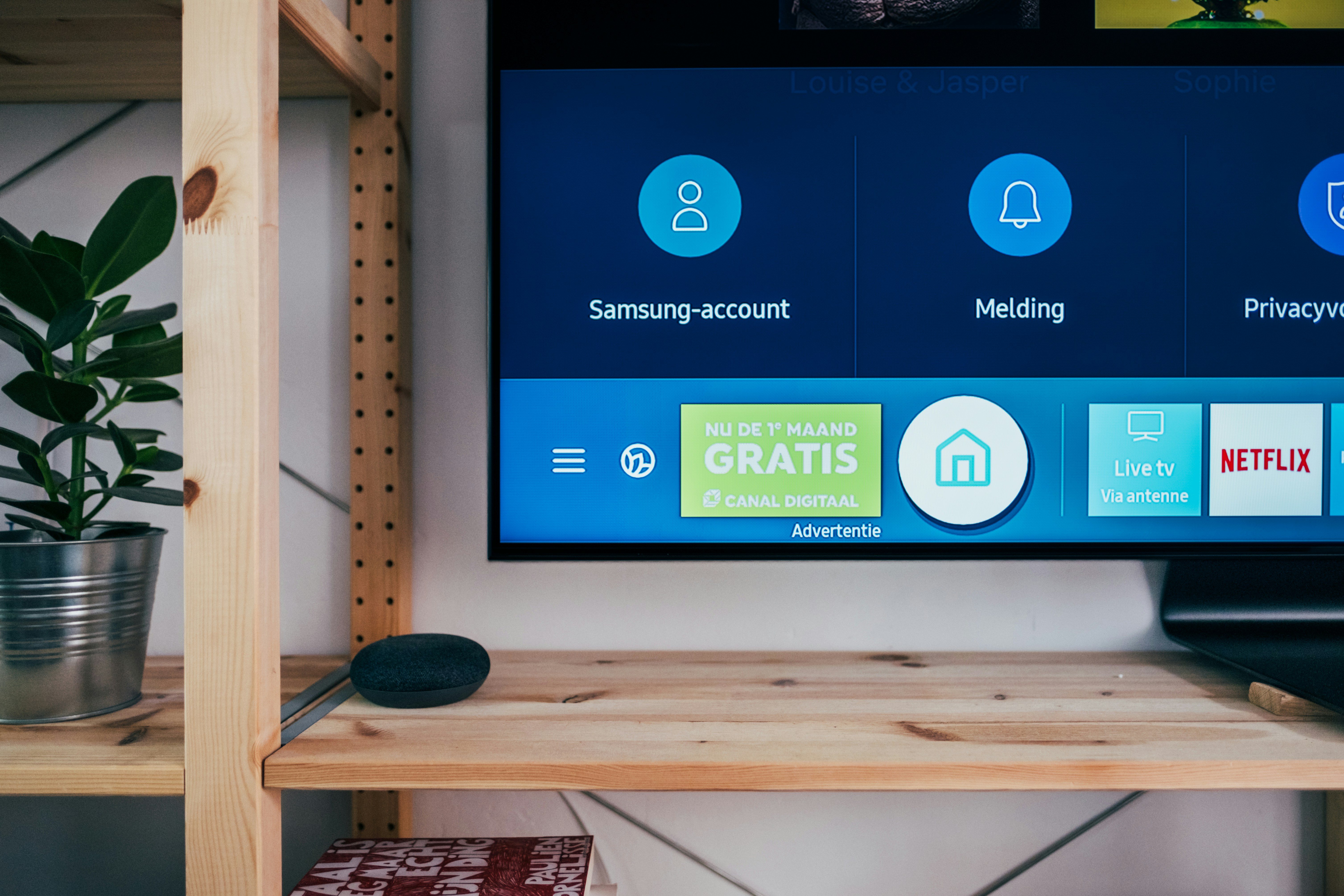Introduction to LCD Screens
When it comes to visual technology, the choice of display can make all the difference. Whether you’re binge-watching your favorite series, working on a crucial project, or gaming with friends, having the right screen matters. Enter LCD screens—the reliable contenders in the world of displays. Known for their remarkable clarity and vibrant colors, these screens have become a staple in homes and offices alike.
But what exactly sets LCD screens apart from other technologies? As we dive deeper into this topic, you’ll discover why they’re often regarded as the best option for delivering bright and clear visuals that enhance your viewing experience. Let’s explore the advantages of LCD screens and see how they stack up against their competitors!
Advantages of LCD Screens
LCD screens shine in various aspects, making them a top choice for many users. Their brightness is remarkable, often surpassing other display technologies. This ensures vibrant colors and sharp images, even in well-lit environments.
Another significant advantage is energy efficiency. LCDs consume less power compared to older technologies like CRT or plasma displays. This not only reduces electricity bills but also contributes positively to the environment.
Durability stands out too. LCD screens are less prone to burn-in issues that can affect OLEDs and plasma displays. They maintain their performance over time, offering longevity that appeals to both casual viewers and professionals alike.
The lightweight design of LCD screens allows for easy installation, whether on walls or desks. This versatility enhances their appeal across various settings from home theaters to office spaces.
A. Brightness and Contrast Ratio
LCD screens excel in brightness, making them perfect for various environments. Whether you’re working under bright office lights or enjoying a movie on a sunny day, these displays maintain clarity and vibrancy.
The contrast ratio is another critical factor. A higher contrast ratio means deeper blacks and more vivid colors. This results in stunning visuals that enhance your viewing experience.
With advancements in technology, modern LCD screens offer impressive specifications. You can find models with contrast ratios exceeding 1000:1, which liquid crystal display significantly improves the depth of images.
For gamers and professionals alike, this combination of brightness and contrast provides an edge. Crisp details emerge without strain on the eyes, allowing for prolonged use without discomfort.
When it comes to visual performance under varied lighting conditions, LCD screens stand out as an optimal choice for anyone seeking impressive imagery.
B. Energy Efficiency
LCD screens are renowned for their energy efficiency, making them a popular choice for consumers and businesses alike. Compared to older technologies like CRT or plasma displays, LCDs consume significantly less power. This not only translates into lower electricity bills but also reduces environmental impact.
The backlighting used in LCD technology is designed to be highly efficient. LED-backlit LCD screens further enhance this benefit by providing brighter visuals while using even less energy.
Choosing an LCD screen means you’re opting for advanced technology that prioritizes sustainability without sacrificing quality. This makes them particularly appealing in settings where screens remain on for extended periods, such as offices or public spaces.
Moreover, many modern models come with features like adaptive brightness control, which adjusts the screen’s luminosity based on ambient light conditions. This smart functionality contributes to overall energy savings while enhancing viewing comfort.
C. Durability and Longevity
LCD screens are renowned for their impressive durability. Unlike other display technologies, they can withstand everyday wear and tear without easily succumbing to damage. This makes them ideal for various environments, from homes to busy offices.
Their sturdy construction is complemented by a robust design that resists scratches and impacts. You won’t have to worry about accidental bumps leading to cracks or significant issues with an LCD screen.
Longevity is another strong suit of these displays. With proper care, they can last for many years, often exceeding the lifespan of older CRT technology. Many users find that their LCD screens continue delivering vibrant visuals long after purchase.
This reliability makes LCDs a smart investment for both personal use and commercial settings. Whether you’re watching movies or working on important projects, knowing your screen will endure adds peace of mind.
Comparison with Other Screen Types
When considering screen technology, it’s essential to compare LCD screens with other types. OLED screens are known for their vibrant colors and deeper blacks. However, they can suffer from burn-in issues and may not be as bright in well-lit environments.
Plasma screens were once popular for their superb color accuracy and wide viewing angles. Yet, they consume more power than LCDs and have a shorter lifespan due to potential image retention.
CRT screens might carry nostalgia but fall short in terms of clarity and portability compared to modern options. They are bulky, heavy, and limited by lower resolutions.
LCD technology shines primarily through its versatility across various settings. Whether you’re watching movies or working on a presentation, the bright visuals make it a preferred choice in many scenarios.
A. OLED Screens

OLED screens have garnered attention for their stunning picture quality. They offer deep blacks and brilliant colors, thanks to self-emissive technology. Each pixel generates its own light, allowing for greater control over brightness.
However, this technology comes with some drawbacks. OLEDs can suffer from burn-in issues if static images are displayed for too long. This phenomenon can be frustrating for users who often keep the same content on screen.
In terms of energy consumption, while they perform well in darker scenes, bright content requires more power compared to LCD displays. So, depending on usage patterns and viewing environments, the efficiency varies significantly.
Durability also raises concerns; OLED panels tend to be more fragile than traditional LCDs due to their structure. Users need to handle them carefully to avoid damage during transport or installation.
B. Plasma Screens
Plasma screens were once the go-to choice for home theater enthusiasts. They offered vibrant colors and exceptional viewing angles, making them ideal for cinematic experiences.
However, plasma technology has its drawbacks. One major issue is screen burn-in, where static images can leave a permanent mark. This makes them less suitable for varied content like video games or news channels that feature logos.
Moreover, plasma screens typically consume more power than LCDs. Higher energy usage not only impacts electricity bills but also raises concerns about environmental sustainability.
While they provide deep blacks and rich color saturation, modern alternatives have gained ground in both performance and efficiency. Many users now seek lighter options with longer lifespans and lower risk of image retention.
As newer technologies continue to emerge, the relevance of plasma screens diminishes in today’s fast-paced market.
C. CRT Screens
CRT screens, or cathode ray tube displays, were once the standard for visual technology. They utilize electron beams to illuminate phosphorescent materials on the screen surface. This design allows for deep color reproduction and excellent response times.
However, CRTs are bulky and heavy compared to modern display technologies. Their large footprint makes them less practical in today’s compact living spaces and work environments.
Additionally, they consume significantly more power than LCD screens, leading to higher electricity bills over time. The weight of CRT monitors can also pose challenges during setup or relocation.
While some enthusiasts appreciate the nostalgic feel of CRTs for gaming or retro media viewing, their limitations in brightness and energy efficiency cannot be ignored. As technology advances, users increasingly prefer lighter options that deliver vibrant visuals without sacrificing space or energy consumption.
Common Misconceptions about LCD Screens
Many people believe that LCD screens lack vibrant colors compared to other technologies. This isn’t true. Modern LCD panels offer impressive color accuracy and a wide range of hues, making them suitable for various applications.
Another misconception is that LCDs are not good for viewing in bright light. However, advancements in screen technology have led to improved brightness levels and anti-glare coatings, enhancing visibility even under direct sunlight.
Some technology users think that all LCD screens are the same when it comes to refresh rates. In reality, they vary significantly based on the model and intended use—gaming monitors often feature higher refresh rates tailored for smooth motion.
There’s a belief that LCDs consume more power than OLED or plasma displays. While some older models might have been less efficient, current designs prioritize energy conservation without compromising performance.
Best Uses for LCD Screens

LCD screens shine in various environments. Their vibrant colors and sharp details make them a top choice for computer monitors. Gamers appreciate the quick response times and high refresh rates, enhancing their gameplay experience.
In educational settings, classrooms equipped with LCD projectors provide clear visuals that engage students. They’re ideal for displaying presentations or videos in bright rooms without sacrificing clarity.
Retail spaces also benefit from LCD technology. Digital signage showcases products dynamically, attracting customers with vivid imagery.
Home theaters embrace large-format LCD displays for movie nights or streaming marathons. The brightness ensures a satisfying viewing experience even during daylight hours.
Medical facilities rely on LCD screens for imaging equipment, where precision is crucial. Their durability and reliability are essential in such demanding environments.
Tips for Choosing the Right LCD Screen
When selecting the right LCD screen, consider your primary use. Are you gaming, working, or watching movies? Each activity has different requirements for optimal performance.
Next, pay attention to resolution. Higher resolutions like 4K offer sharper images and are ideal for detailed visuals.
Look for a good refresh rate as well; this is crucial for smooth motion in fast-paced content. Aim for at least 60Hz to enhance your viewing experience.
Check connectivity options too. Ensure the screen has ports compatible with your devices—HDMI and USB-C are commonly used today.
Don’t forget about brightness levels! A higher brightness rating will deliver vibrant colors in various lighting conditions.
Read reviews before making a purchase. Real user experiences can provide valuable insights into picture quality and reliability that specs alone may not reveal.
Conclusion
When considering all the factors, LCD screens emerge as a top choice for anyone seeking bright and clear visuals. Their impressive brightness and contrast ratios make them ideal for both workspaces and entertainment. Additionally, their energy efficiency means you can enjoy high-quality viewing without worrying about hefty electricity bills.
The durability of LCD screens ensures they last over time, making them a smart investment. With various options available on the market today, it’s easier than ever to find an LCD screen that fits your specific needs.
By understanding common misconceptions surrounding these screens, you can appreciate their true potential. Whether you’re watching movies or working on detailed graphic designs, choosing an LCD screen opens up a world of vibrant color and clarity.
With careful consideration of your requirements and preferences, selecting the perfect LCD screen will enhance your visual experience immensely.



